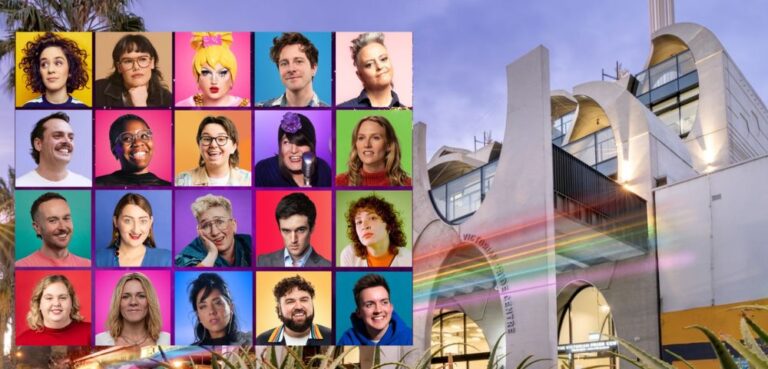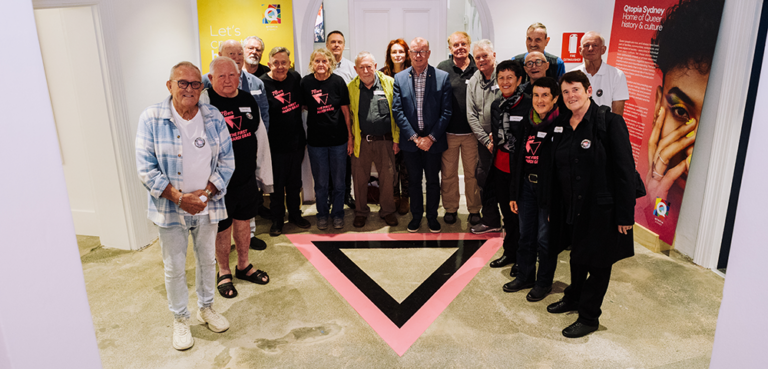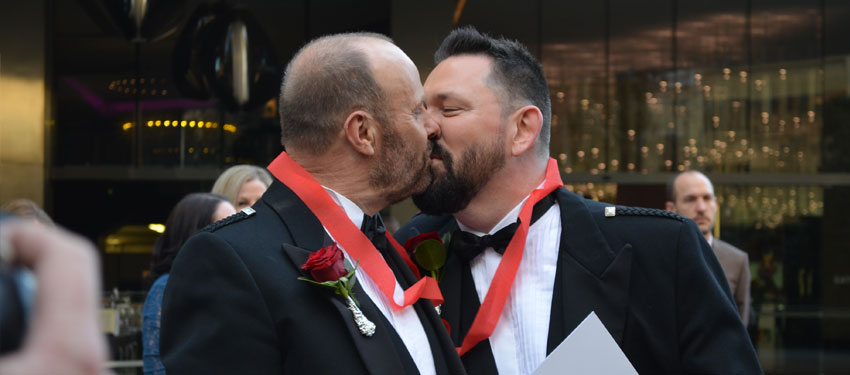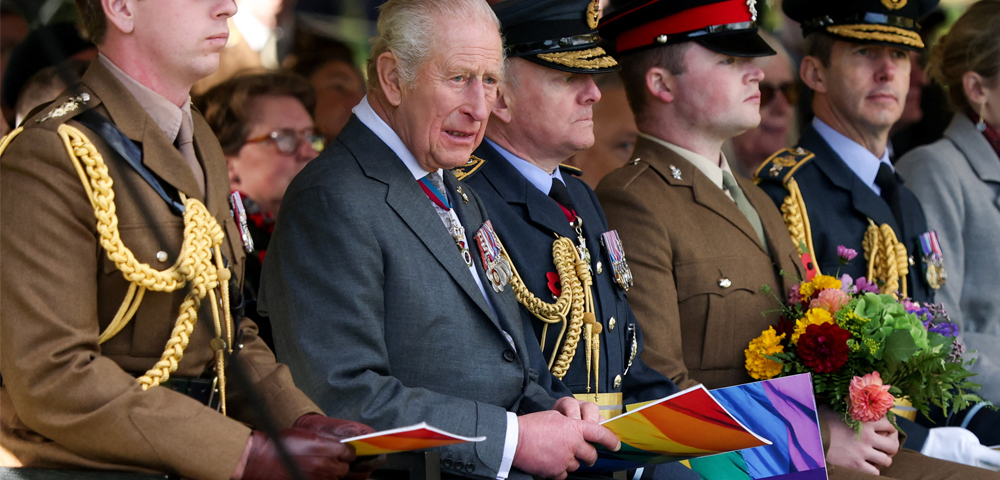
A new dawn for LGBTI people in Japan

IN April 2015, Tokyo’s Shibuya Ward made history by becoming the first jurisdiction in East Asia to recognise same-sex couples, through partnership certificates. This was followed within the same month by another landmark step for Japan, when the Ministry of Education urged all local school boards to allow trans* students to wear uniforms and use bathrooms corresponding to their gender identity rather than their assigned sex, and to do more to include lesbian, gay and bisexual (LGB) students.
In a region where law and public policy are typically silent (or even hostile) towards sexual and gender minorities, both of these steps represent significant breakthroughs. Nevertheless, what barriers do LGBTI people in Japan continue to face in different areas of public and private life, and what is being done about it?
In the past year, Kaleidoscope Australia Human Rights Foundation has submitted two Shadow Reports — one to the UN Human Rights Committee and the other to the Committee on the Elimination of Discrimination against Women — focusing on Japan’s record of protecting the rights of LGBTI people. The reports, prepared with input from local activists, are used by these UN bodies to make recommendations directly to the Japanese Government about LGBTI issues.
One of the most significant findings in the reports was the high level of discrimination that LGBTI people face in the education system. According to a 2013 survey conducted by the Life Respect White Ribbon Campaign, 68 per cent of LGBTI students experienced bullying at school, with this figure rising to 82 per cent among trans* students. There are also significant barriers to finding employment, with approximately four in 10 LGB people and seven in 10 trans* people reporting difficulties in finding a job due to their sexual orientation or gender identity. LGBTI people are not able to seek effective remedies against such discrimination because of the absence of any national laws prohibiting discrimination on the basis of sexual orientation, gender identity or intersex status.
Moreover, while Japan has allowed trans* people to legally change their gender since 2003, this is subject to a range of invasive restrictions. For example, trans* people are not allowed to change their legal gender if they have children under the age of 20 years. They must also undergo sex reassignment surgery and cannot be married (requirements which also persist in most of the western world). Furthermore, trans* identity is legally understood through the pathologising language of “gender identity disorder”, while discussion of intersex issues, including involuntary surgery of intersex children, is largely absent from the public discourse.
Nevertheless, Japan has recently witnessed a significant acceleration in efforts to improve the rights of sexual and gender minorities. According to long-time activist S. Mano, Japan has witnessed “more positive movements [towards LGBTI rights] in the past one year than it has had in all the other years put together”. The public profile of LGBTI communities is rising, and Mano suggests that LGBTI people are “no longer those ‘freaks’ that only appear on talk shows, but are now often portrayed in the mainstream media as minorities seeking equal rights”.
In addition, Nijiiro Diversity, an organisation founded in 2013 to specifically focus on promoting LGBTI equality in the workplace, has delivered diversity and inclusion training to a range of major corporations, including Sony, Shiseido and Nomura. In May 2015, another organisation, Re:Bit, launched Japan’s first job hunting website for LGBTI people.
In relation to marriage equality, Mano says he is “very upbeat” about the prospects of such a reform happening in Japan “in the near future, perhaps even before the [Tokyo] Olympics” in 2020. Indeed, several local governments have already announced that they intend to follow Shibuya’s decision to issue partnership certificates to same-sex couples, which may build pressure on the Japanese Government to act on a national relationship recognition law.
An underlying factor behind the momentum towards greater respect for LGBTI rights is Japan’s significant generational divide in attitudes towards sexual and gender minorities. A survey conducted by the Pew Research Centre in early 2013 found that while only 39 per cent of Japanese people over 50 believed that homosexuality should be accepted, this increased to 83 per cent among those aged 20 to 29, higher than the equivalent age groups in the US, the UK and France.
While there are still many steps for Japan to take to fully respect the rights of LGBTI people, the progress Japan is making may have important effects beyond its borders. One of the key barriers to the advancement of LGBTI rights in Asia has been the belief that such rights are a “western” phenomenon, a belief fuelled by a lack of regional role models that positively recognise the rights of LGBTI people. Whether it be on same-sex partnership recognition or the inclusion of trans* students in schools, Japan’s recent reforms may therefore be a catalyst for a more LGBTI-inclusive Asia.
Raymond Roca is a Sydney-based lawyer and a director of Kaleidoscope Australia Human Rights Foundation, a non-profit organisation that seeks to promote and protect the rights of LGBTI people in the Asia-Pacific region. Details:kaleidoscopeaustralia.com
___________________
**This story was first published in the June edition of the Star Observer, which is available to read in digital flip-book format. To obtain a physical copy, click here to find out where you can grab one in Melbourne, Sydney, Brisbane, Adelaide, Canberra and select regional/coastal areas.









